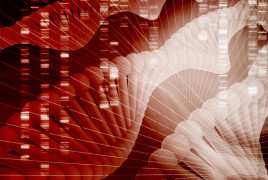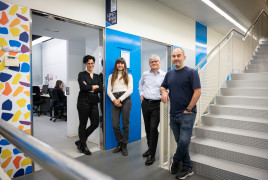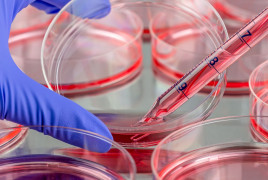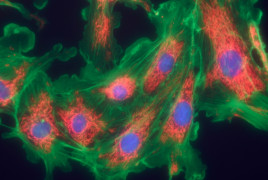
New project to enhance the use of photonics and artificial intelligence in disease diagnosis

The BE-LIGHT project, funded by the Horizon Europe program of the European Union, aims to design novel instruments and clinical methods capable of obtaining images of tissues previously unattainable. For instance, using optical and optoacoustic tomography, or thermal imaging, we can intricately visualise blood vessels and detect arteriosclerosis plaques at an early stage through non-invasive means.
BE-LIGHT involves the participation of the Confocal Microscopy and Cell Imaging Unit of the Sant Joan de Déu Research Institute, along with academic institutions, hospitals, and companies from Germany, France, Poland, Switzerland, and Spain. As explained by Dr. Mònica Roldán, coordinator of this unit, they will work with cells from patients affected by rare diseases to gather as more information as possible about these pathologies through these cutting-edge techniques.
This initiative will also serve to develop new machine learning tools for the treatment and control of cardiac arrhythmias using light, potentially replacing current techniques based on electrical impulses. Cristina Masoller, a researcher at UPC, explains that 'the application of artificial intelligence, in combination with super-resolution microscopy techniques, will enable the acquisition of images of biological structures at scales less than one nanometer, such as proteins implicated in Parkinson's disease and other rare conditions, thereby enhancing diagnostic capabilities.'
Moreover, as part of the project, a training program in photonics, AI, machine learning, computational imaging, and modeling will be provided to 11 researchers.
*Original source: Nuevas herramientas de fotónica e inteligencia artificial para el diagnóstico de enfermedades oculares, cardiovasculares y neurodegenerativas




